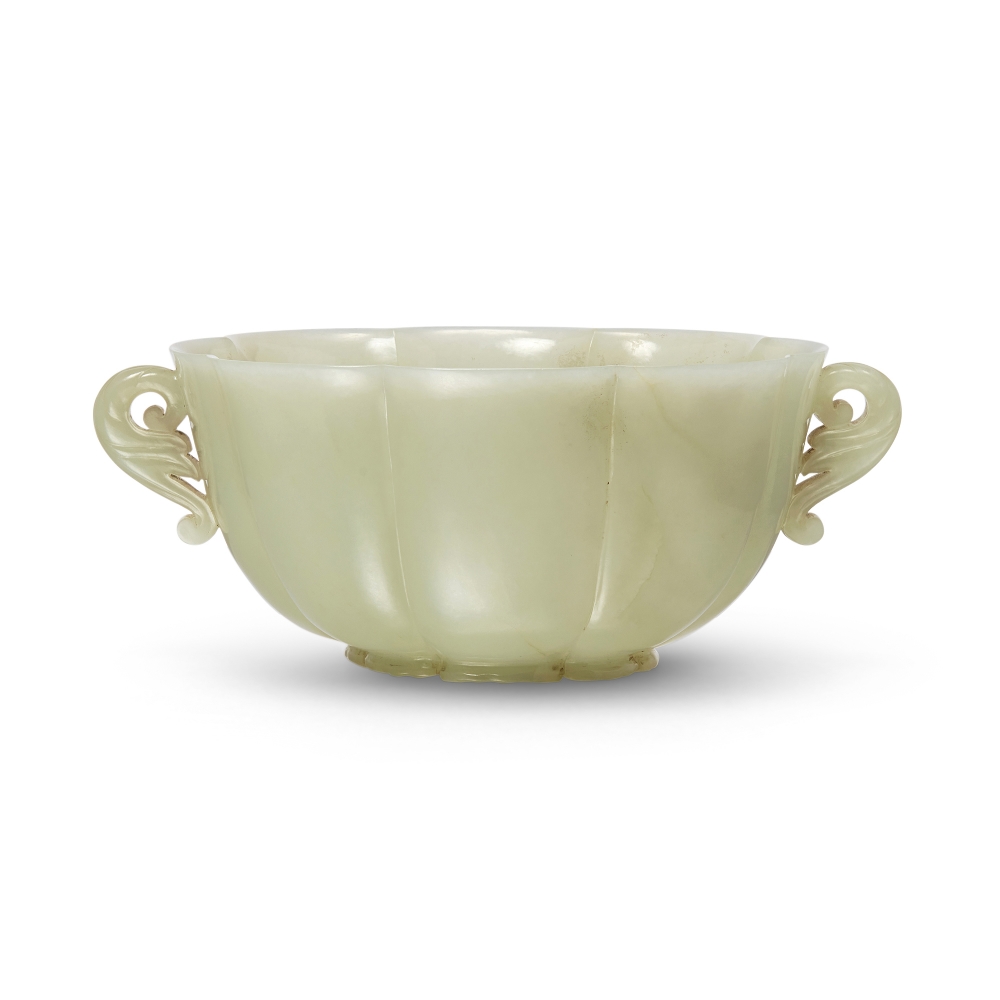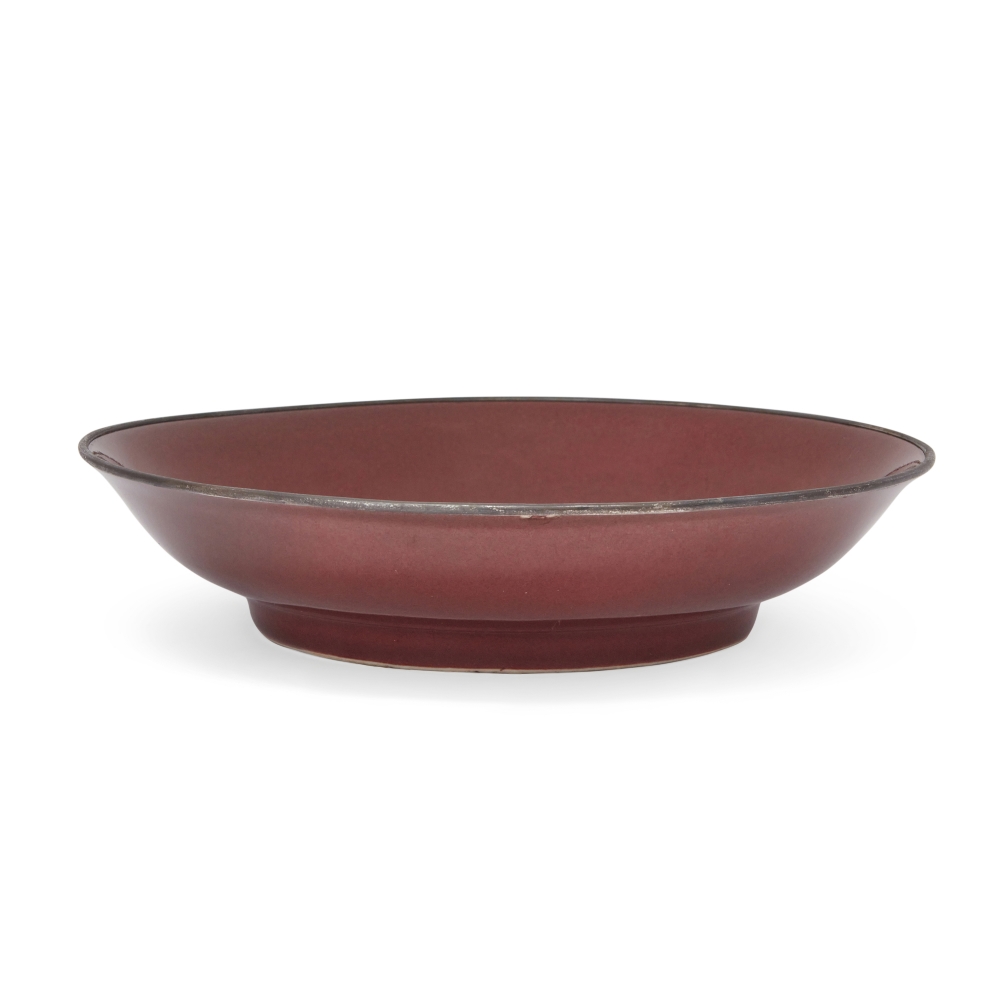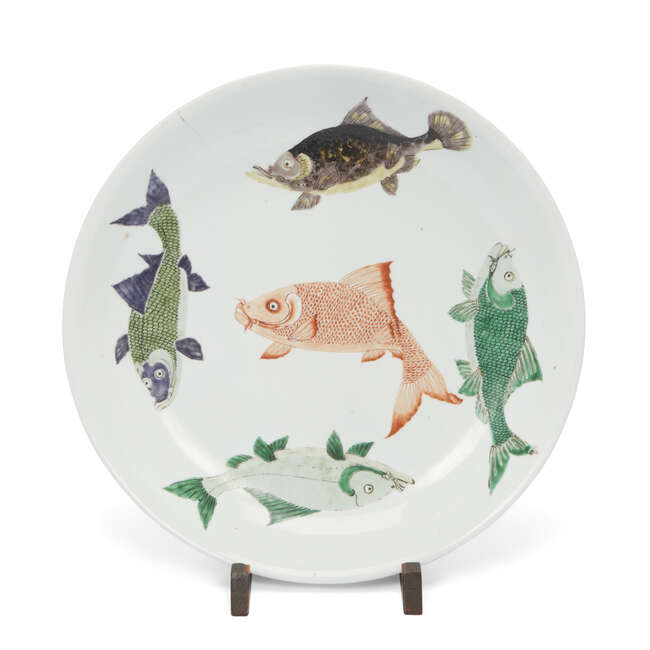We are thrilled to have surpassed the £1,3 million mark (not including buyers premium) with our Two Day Chinese, Japanese and South East Asian Art Auctions. This was a terrific sale with buyers from across the globe competing in all three areas of the sale.
We were pleasantly surprised by the number of Chinese mainland buyers who attended the viewing days and the sale, following the lifting of COVID restrictions. Prior to the auction we held a very well received exhibition of highlights in St James’s, along with an intimate traditional Chinese tea ceremony for selected individuals.
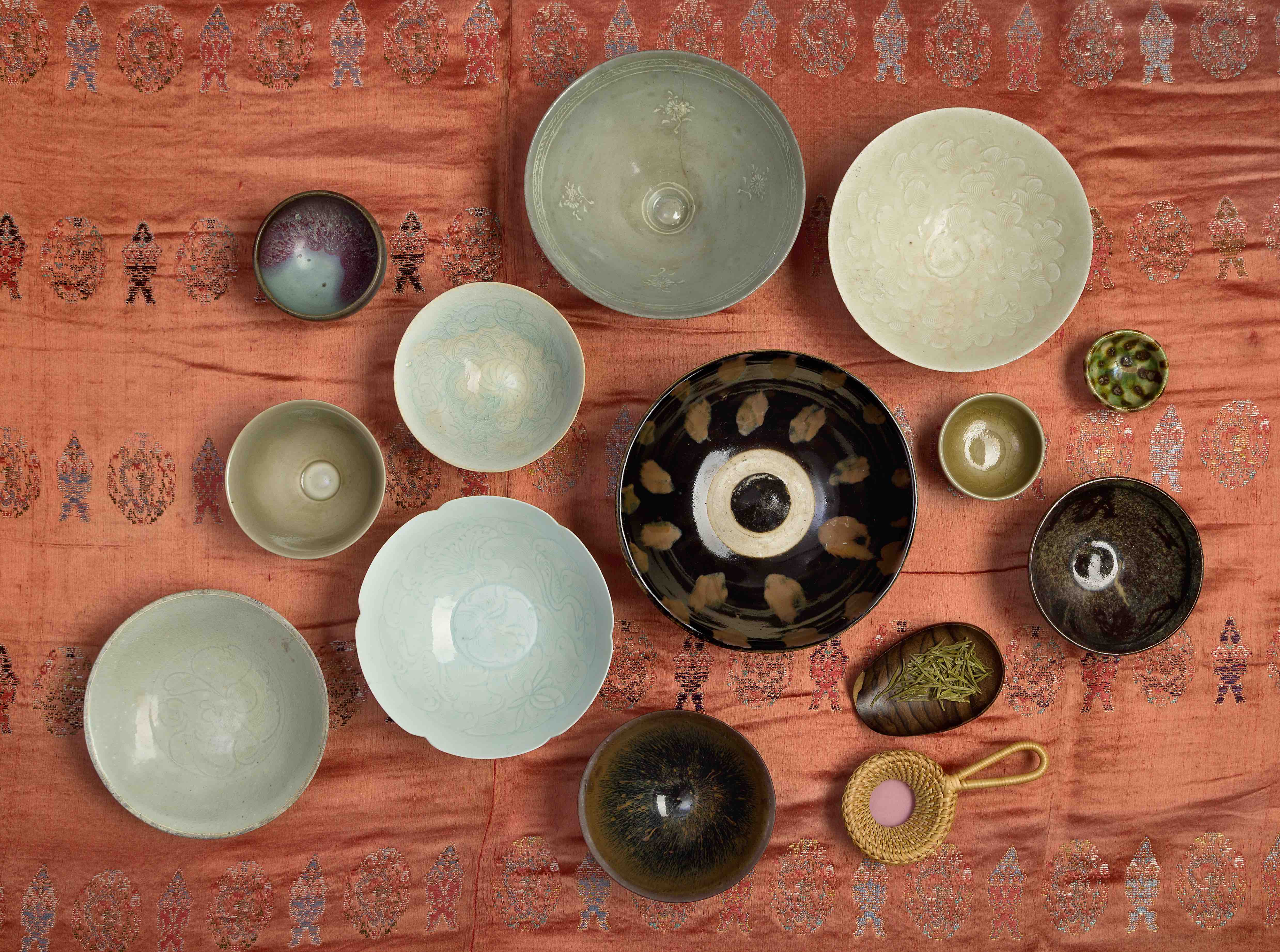
Our top lot and standout result was the Imperial porcelain jars from Qianlong period. They are particularly rare; and jars decorated in doucai enamels seldom appear at auction. Very strong demand, so there was interest from three internet platforms, five phone lines, and the underbidder was in the room, securing a winning bid of £59,800 (including buyers premium).
As often the case with doucai-enamelled Imperial porcelain of the 18th century, the design of the present lot is inspired by a Chenghua prototype, such as the jar with butterflies and chrysanthemum roundels in the Qing Court Collection, illustrated in Porcelains in Polychrome and Contrasting Colours, The Complete Collection of Treasures of the Palace Museum, Hong Kong, 1999, pl. 166. No exact prototype can be found for this design, but the pattern is known in bowls, an example of which was excavated from the waste heaps of the Ming imperial kilns at Jingdezhen and included in the exhibition A Legacy of Chenghua, The Tsui Museum of Art, Hong Kong, 1993, cat. no. C119. 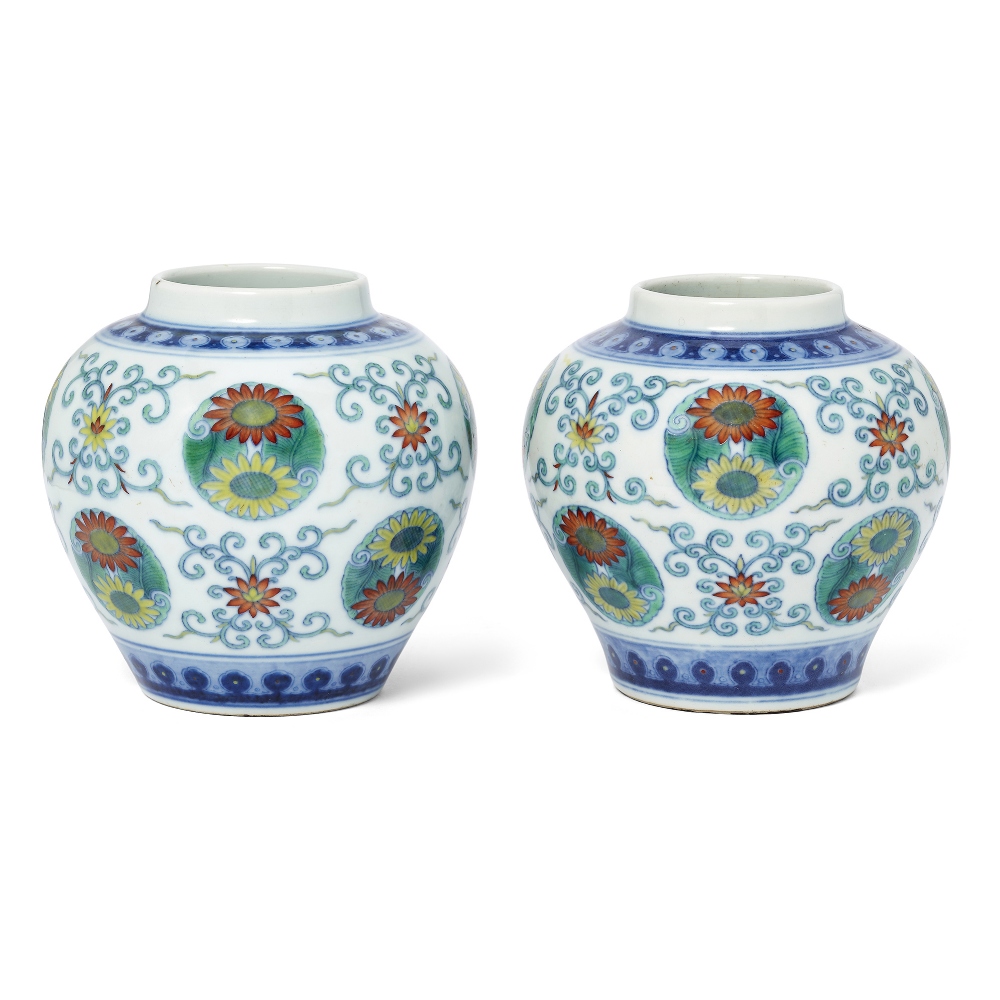
Lot 85: An associated pair of Chinese doucai 'lotus and chrysanthemum' jars Qing dynasty
Bill Forrest, Head of Department for Chinese, Japanese & South East Asian Art commented:
“We are delighted with achieving over £1,000,000 in total hammer prices for the first time and certainly the market remains stronger than ever for the best pieces. We offered over 350 pieces of Chinese ceramics, most of which sold over estimate. Good provenance remains important, too, for rarer pieces of Chinese art as shown by the results for the private collection of Captain Andre Le Gac".
Continuing the success of the sale was Lot 93 - this large piece of jade was recorded in several historic valuations conducted by specialists from John Sparks Ltd. throughout the 1950s and 60s for the previous owner, Robin Marx. This provenance undoubtedly excited prospective bidders, as bidding soared over its top estimate of £20,000, selling to a phone bidder in London for £49,400 (including buyers premium). It is also remarkable for its size and the quality of the stone and carving.
Lot 75 is a rare copper-red glazed dish, a glaze that is much revered by Chinese porcelain collectors. This dish is further elevated because it is decorated in the ‘anhua’ technique (meaning hidden or secret) with dragons to the sides. The final price achieved was an impressive £97,500 (including buyers premium).
Lot 482 This dish is notable for its size and decoration; seldom does one see a famille verte dish with the mark and of the period of Kangxi painted with this design of five different fish. The lot achieved £26,000 (including buyers premium). The successful bid was over the phone to a young Chinese collector.
Lot 482: A large Chinese famille verte 'fish' plate Qing dynasty, Kangxi mark and of the period
Late Japanese porcelain does not usually command high prices in the current market, but Lot 410 was an exception, as it was by a very rare maker – Makuzu Kozan. He was appointed artist to the Japanese Imperial household during the Meiji period and won no less than fifty-one prizes at various international exhibitions for his ceramic work. The price achieved was £11,700 (including buyers premium).
Further Highlights Include:
Lot 328: Exceptionally finely painted album, with Youqua’s studio mark which is very rare to find. Most pith paper export paintings are by anonymous artists and not of exceptional quality. Yoqua was an export painter active from the 1840’s to the 1880’s and who set up workshops in Canton and Hong Kong under the name ‘Yeehing’
Price Realised: £11,050.
Lot 1002 and Lot 1003: For late 19th century furniture these two pairs of Chinese chairs sold for a very strong price. Well-carved in Hongmu wood, they are each set with porcelain plaques from the same period, painted in doucai enamels. Both lots sold to the same online bidder.
Price Realised: £14,300 and £19,500.


